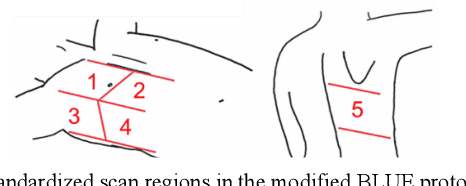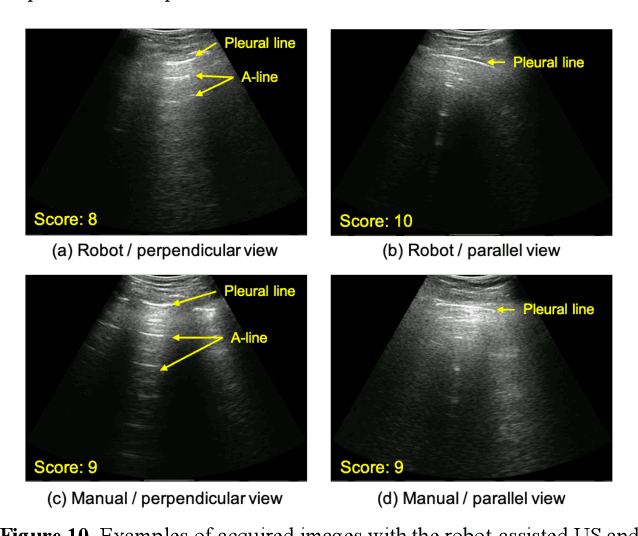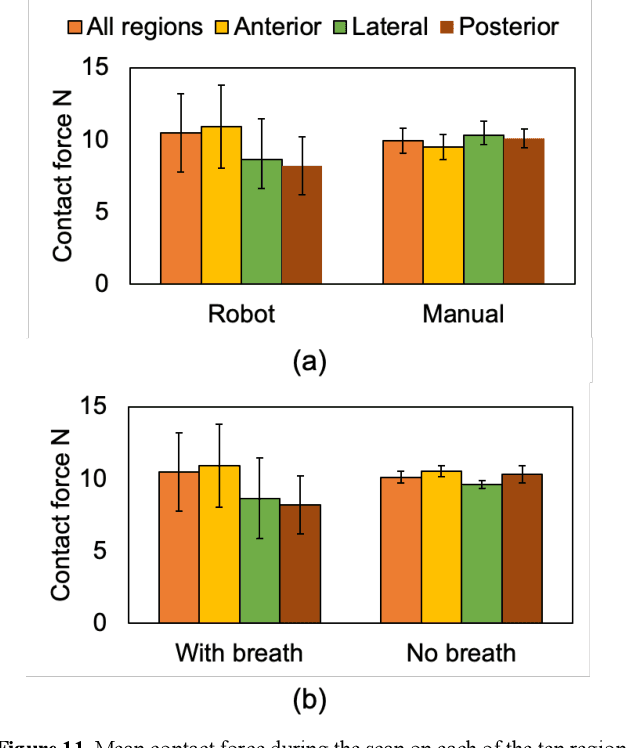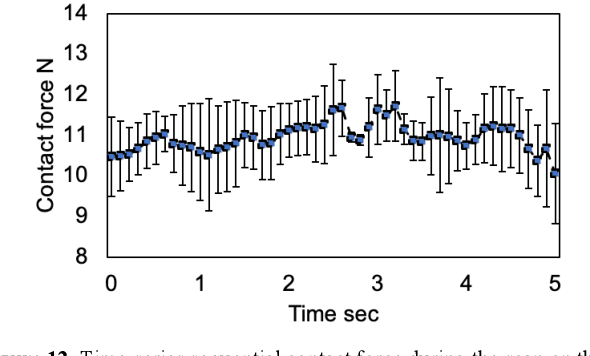Yihao Zheng
TabularMark: Watermarking Tabular Datasets for Machine Learning
Jun 21, 2024Abstract:Watermarking is broadly utilized to protect ownership of shared data while preserving data utility. However, existing watermarking methods for tabular datasets fall short on the desired properties (detectability, non-intrusiveness, and robustness) and only preserve data utility from the perspective of data statistics, ignoring the performance of downstream ML models trained on the datasets. Can we watermark tabular datasets without significantly compromising their utility for training ML models while preventing attackers from training usable ML models on attacked datasets? In this paper, we propose a hypothesis testing-based watermarking scheme, TabularMark. Data noise partitioning is utilized for data perturbation during embedding, which is adaptable for numerical and categorical attributes while preserving the data utility. For detection, a custom-threshold one proportion z-test is employed, which can reliably determine the presence of the watermark. Experiments on real-world and synthetic datasets demonstrate the superiority of TabularMark in detectability, non-intrusiveness, and robustness.
Tele-operative Robotic Lung Ultrasound Scanning Platform for Triage of COVID-19 Patients
Nov 12, 2020



Abstract:Novel severe acute respiratory syndrome coronavirus 2 (SARS-CoV-2) has become a pandemic of epic proportions and a global response to prepare health systems worldwide is of utmost importance. In addition to its cost-effectiveness in a resources-limited setting, lung ultrasound (LUS) has emerged as a rapid noninvasive imaging tool for the diagnosis of COVID-19 infected patients. Concerns surrounding LUS include the disparity of infected patients and healthcare providers, relatively small number of physicians and sonographers capable of performing LUS, and most importantly, the requirement for substantial physical contact between the patient and operator, increasing the risk of transmission. Mitigation of the spread of the virus is of paramount importance. A 2-dimensional (2D) tele-operative robotic platform capable of performing LUS in for COVID-19 infected patients may be of significant benefit. The authors address the aforementioned issues surrounding the use of LUS in the application of COVID- 19 infected patients. In addition, first time application, feasibility and safety were validated in three healthy subjects, along with 2D image optimization and comparison for overall accuracy. Preliminary results demonstrate that the proposed platform allows for successful acquisition and application of LUS in humans.
 Add to Chrome
Add to Chrome Add to Firefox
Add to Firefox Add to Edge
Add to Edge